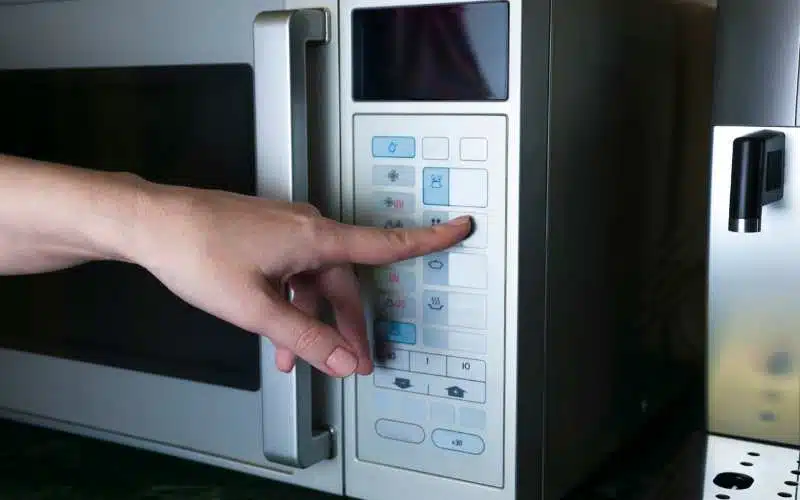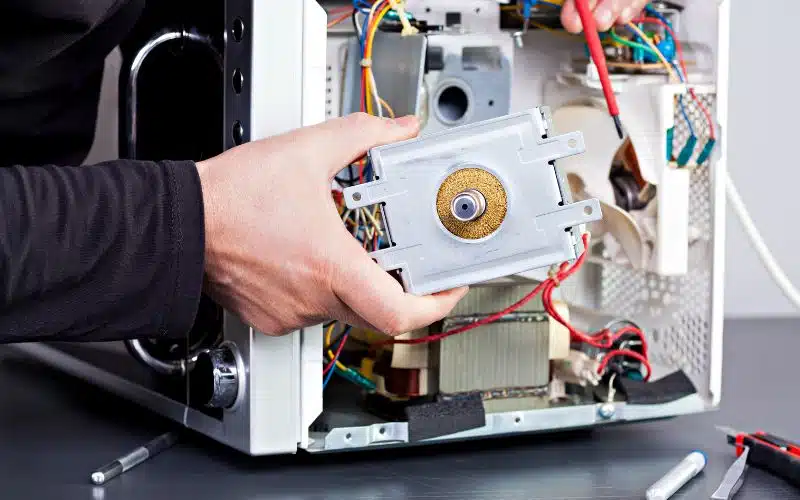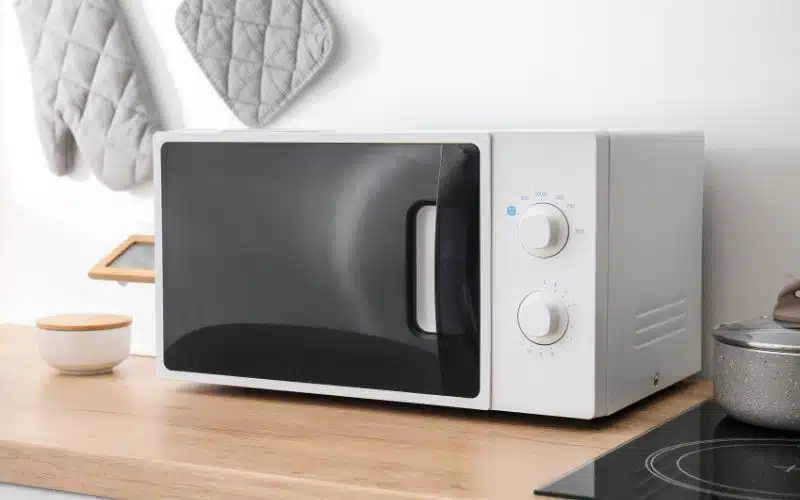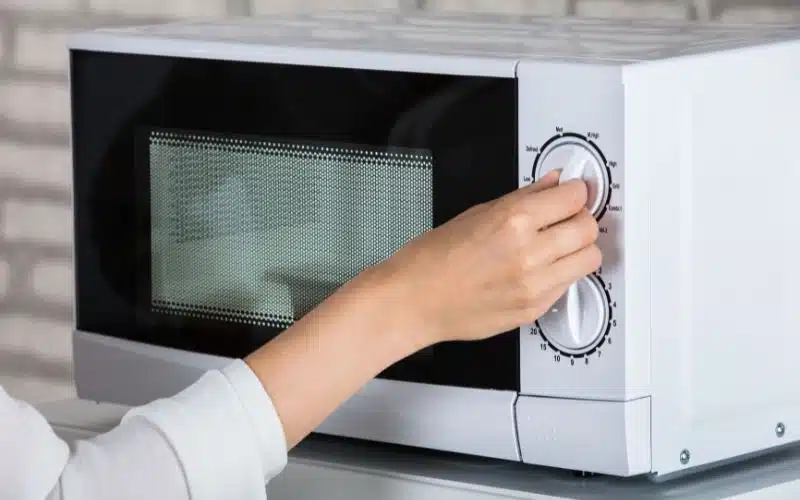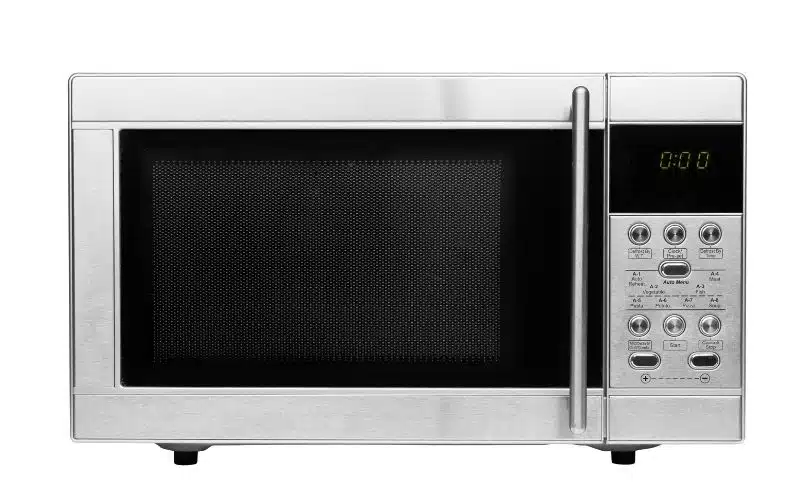An Oven is one household appliance that is essential to every modern-day kitchen environment.
It is hard these days not to know what an oven does because it has become so widely known and used worldwide, from baking and cooking food items to reheating leftovers and roasting items like meat.
Ovens are lifesavers. Ovens are appliances that make the “chef life” easier for most kitchen folks.
An oven is a closed chamber for baking, roasting, and heating foods. It works by exposing the food to dry heat. Because of this, ovens have a much higher maximum temperature than other cooking methods. Ovens are found in almost every kitchen, large and small alike.
What Are The Uses Of An Oven In The Kitchen
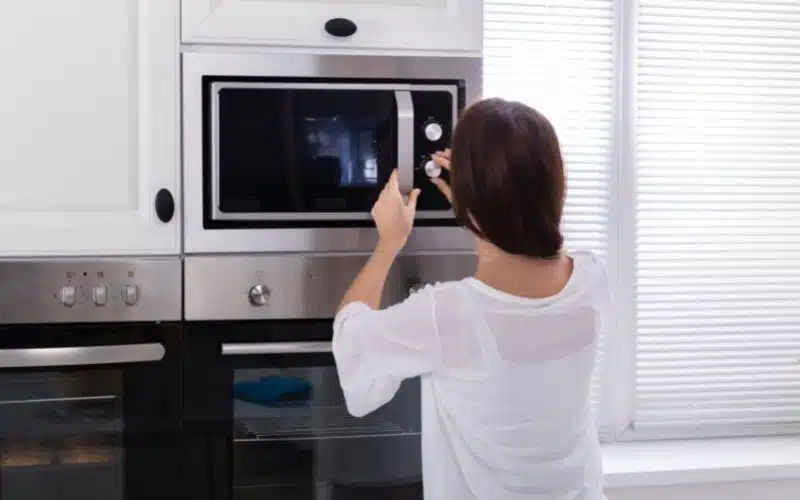
The oven has a lot of roles to play in the standard kitchen environment in this 21 century. For as long as possible, bricks were made because of ovens.
Pottery made use of the kiln for its production in the same period. During these ancient times, the use of the oven had a lot of limitations, unlike the present day.
Nevertheless, a lot of activities are carried out using the oven.
#1. Reheating Food
Reheating food is one of the most common uses of an oven. Of course, most people reheat leftovers, but you can also use your oven to prepare frozen dinners and other foods.
The best way to reheat leftovers is to put them in a covered dish and place them in the center of the oven under the broiler setting.
This action will allow you to heat leftovers without additional fat or oil, which can make the food greasy or soggy.
#2. Disinfecting Kitchen Items
Kitchen items are disinfected with the use of ovens, items such as cutting boards, and dishes. The heat from the oven kills most germs and bacteria on these items.
In addition, it kills bacteria in food. This process is called pasteurization. This process involves heating food to a temperature of around 160 degrees Fahrenheit for 30 minutes or longer.
If you do not have a dishwasher, you can use your oven to sterilize dishes recently washed in hot soapy water but not rinsed well enough to remove soap residues.
If this is the case, place the dish in the oven with a clean cloth and run water over it at all times until the dish dries completely.
But note that, apart from the fact that you can use the oven to disinfect items, you must also keep the oven clean.
#3. Proofing Yeast
Yeast dough is allowed to rise and ferment before cooking to have more time to develop flavor, texture, and volume.
A kitchen oven provides an optimal environment for this process. It provides consistent temperature control, humidity, and adequate ventilation.
#4. Decrystallizing Honey
Ovens are used to decrystallize honey. The honey has been heated to around 150 degrees Celsius, which allows the sugar crystals to melt.
This process is called “breaking down.” The temperature of the honey must be kept constant during this process; otherwise, the honey will burn and become darker in color.
Ovens can be used for other purposes as well. For example, they are often used to dry bread or other baked goods to last longer.
#5. Cooking
The oven kitchen cooks food. It makes use of heat to cook food. The oven is used to prepare meals, including cookies and cakes.
It typically takes longer to cook in an oven than on a stovetop or in a heated microwave oven, but the taste and texture are superior when you use one!
The cooking process begins when you turn on the oven and set its temperature according to what you want to cook (e., 350 degrees F for baking).
You then place your dish inside and close or lock the door until your food is finished cooking. Depending on the item, this process can take 10 minutes to several hours.
#6. Baking
Another everyday use for an oven is baking cakes and other desserts such as pastries or biscuits. Some people like making their cakes at home.
They prefer it because they can choose what goes into their cakes rather than buying pre-made cakes from shops which often contain artificial ingredients or preservatives. And those are not good for your health or taste buds!
Uses of Oven In The Laboratory
An oven is quite helpful in the laboratory; here are some of them:
#1. Annealing
Lab ovens are used for annealing glassware. You can apply the same principle to anneal other objects such as metals, ceramics, and plastics.
The item is heated to a temperature above its transition or melting point and then cooled in still air. This process relieves all stresses in the item, making it more brittle than before.
When using a lab oven, make sure that you set it to the correct temperature and allow time for it to cool down before removing your piece from the oven.
#2. Sterilizing
Lab ovens sterilize lab equipment, glassware, and other materials. The heat generated by the oven can kill any microorganisms or bacteria found on the surface of the material being sterilized.
Lab ovens also dry materials that need to be dried out before use. For example, a soil sample taken from the ground may need to be dried before analyzing in a laboratory.
#3. Drying
Lab ovens are used for drying or dehydrating samples. In addition, you can use it for cooking food samples.
You will often need to dry your samples in the lab because they are very wet, and you do not want them to spoil.
For example, it can happen when you take a sample from a living creature, such as an insect or a frog, and need to preserve it for study.
Hospitals also use them to dry surgical gloves after they have been washed so you can reuse them. The lab oven is also helpful for drying out food samples so that you can make them into powder form.
This process is helpful when studying the nutritional value of foods or how much different water foods contain.
Maintaining Sample Temperatures
Lab ovens are used for a variety of purposes. The most common use of lab ovens is to maintain the temperature of a sample during testing.
It is essential when testing samples sensitive to heat and light, such as biological samples.
#1. Evaporating
Lab ovens evaporate excess solvents, dry compounds, and sediment. These ovens are also used to heat samples to conduct tests on them. The most common type of lab oven is the heated microwave oven.
Most people have this lab oven in their homes but can use it for more than just heating food and drinks.
The first thing you need to know about using a lab oven is how much power it has, which will determine what you can and cannot use it for.
For example, some types of chemicals need a lot of heat to reach boiling point, while others only require minimal heat.
If you try using too much power on a particular chemical or compound, it could explode or catch fire.
So before trying anything out, you should also ensure that your lab equipment is compatible with your specific type of lab oven.
Conclusion
An oven performs various functions. An oven cooks food, heats food, and plays a vital role in the kitchen. It is used for various functions outside the kitchen as well.
However, it would be best if you were careful not to let your kids or younger ones play around too much near this appliance, so they do not get hurt.
